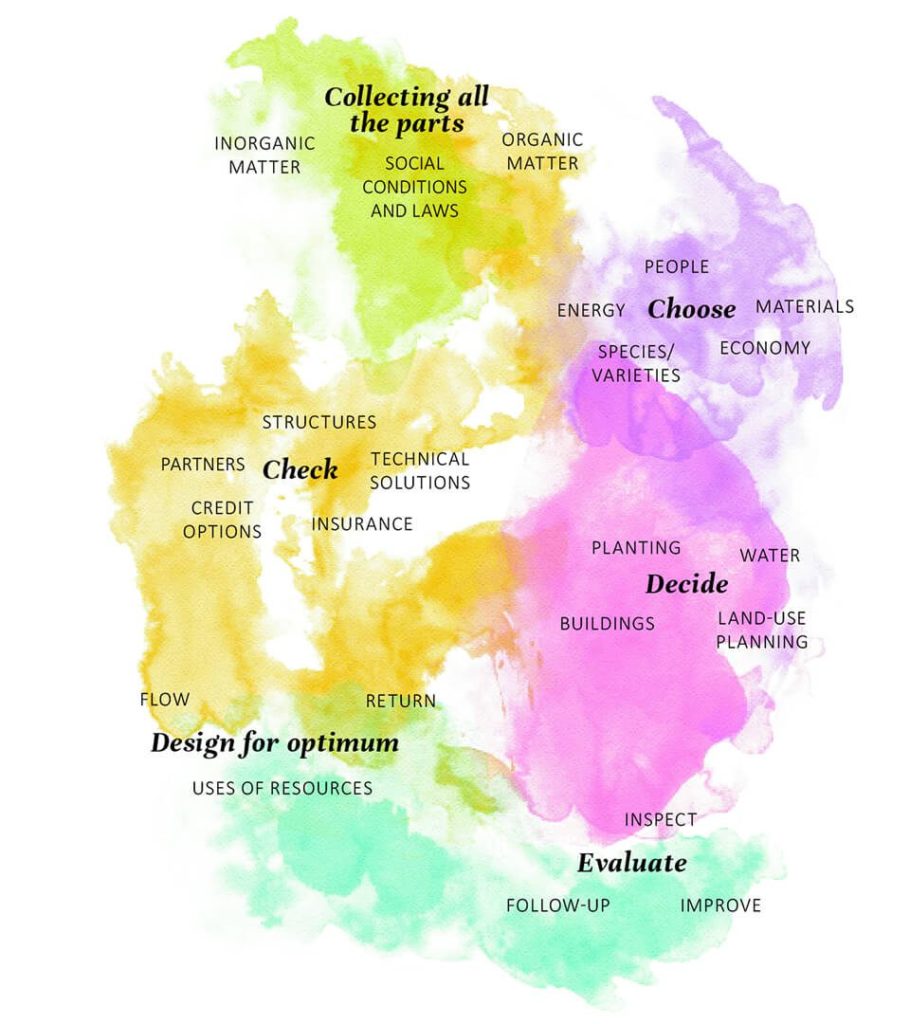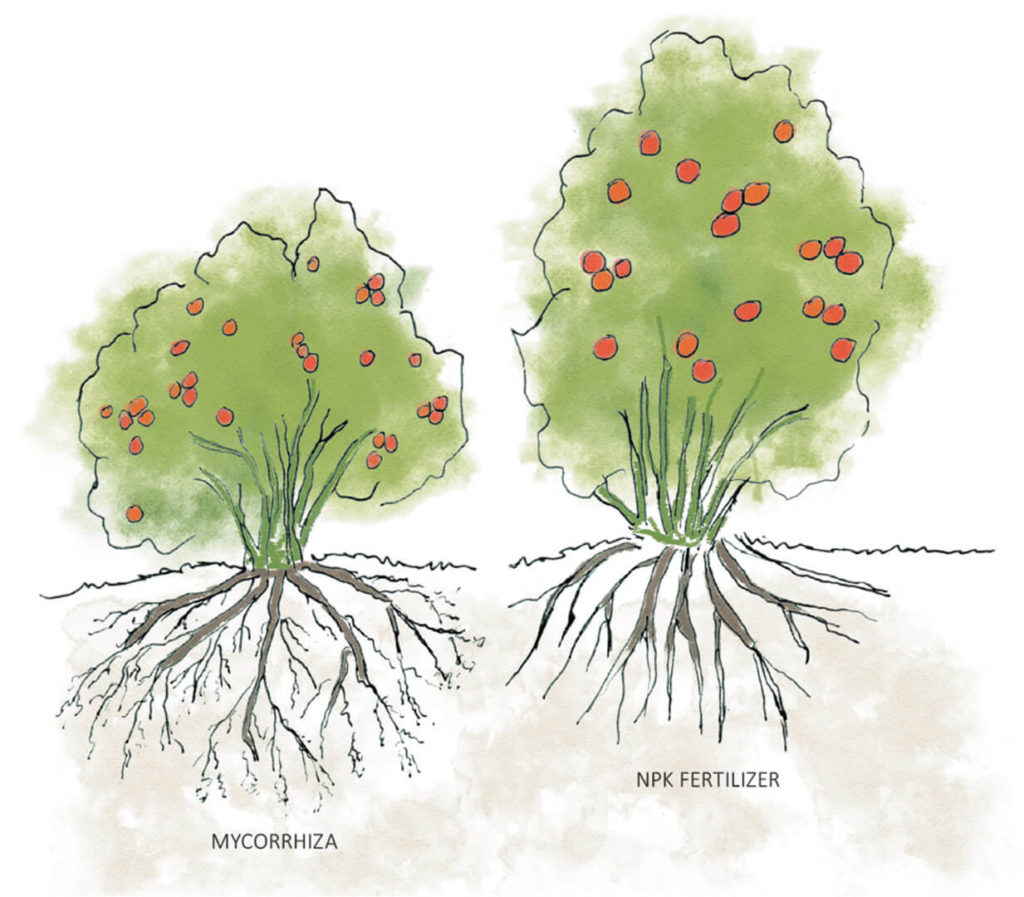Sustainable Living Starts With Soil
Author of Sustainable Gardening Made Easy, Eva Pettersson, invites us to become stewards of more sustainable lives, sharing excerpts from her book on how permaculture is the best tool for doing so. Come along with us this spring and get your hands dirty.
Personal note
Today’s industrial farming practices cause enormous problems such as deforestation, soil erosion, and pollution. Fresh ground is continuously being broken for producing corn, soy, grains, oilseeds, and raising livestock. Our diets have also become dependent on transporting food from all over the world – an unsustainable system that risks collapse at the slightest disruption. Growing our own food is essential, and when we can’t, choosing local, in-season organic produce is key. This is where permaculture can provide solutions.
Permaculture is a holistic tool that can help us back to a sustainable life, integrating land, resources, people and the environment through mutually beneficial synergies – imitating the no waste, closed loop systems seen in diverse natural systems.
Permaculture’s ethical principles are:
- Caring for the Earth – We are part of the planet and live in synergy with all life.
- Caring for people – Support individuals and society so everyone can live well and sustainably.
- Fair distribution – To not overuse and fairly distribute the Earth’s limited resources to all people.
Learning to cultivate is exciting and fun, yielding healthy food that contributes to sustainable living. Spring is the best time to start. Whether you have a windowsill for a few pots or an entire garden, anyone can grow their own food. Start with what you like to eat. Some easy beginner plants are herbs, lettuce, tomato, cucumber, zucchini, and chilli. You can find good cultivation advice online and in books such as Sustainable Gardening Made Easy. Learning how nature works is key to cultivating sustainably and imitating nature’s way.

Versatile soil for a happy environment
Industrial agriculture of today, with all its chemical fertilizers, poisons and irrigation systems, gradually destroys, and eventually kills our fertile soils. Taking your own first steps towards sustainable gardening and producing your own food can have both a positive impact on the environment, and your own physical and mental well-being.
Book Excerpt – Protecting our soil

Without healthy soils, we cannot survive. In the soil, there are more than 50 million species of bacteria and more than 50 million species of fungi. So far, we have only named 1% of these, and our knowledge of this 1% is limited.
Plants’ taproots “drink” water and water-soluble nutrients, which in today’s agricultural industry almost exclusively comes from the chemical fertilizer NPK that consists mainly of salts with nitrogen making the plant green and lush, phosphorus promoting growth, and potassium supporting blossoms and increased winter hardiness.
Even in organic farming, plants “drink” a saline solution as they can only absorb nitrogen as nitrates. The difference is that here, the nutrition comes from organic matter, such as manure or blood meal.
However, just “drinking” does not make a balanced diet. The plant also needs to “eat”, and the most important factors for this is the work of the microorganisms and the mycorrhiza. The plant’s fibrous roots “eat” the nutrients in the soil with the help of countless microorganisms found on the surface of the fibrous roots. Through these microorganisms, the plant gains access to the soil’s nutrients. In return, the soil’s microorganisms get their “food” in the form of carbohydrates (starch from photosynthesis) from the plant. But different types of soils are not equally fertile. This means that not all nutrients are found everywhere, and it is here that mycorrhiza enters the picture.
Mycorrhiza is the nutritional interplay between fungal mycelium and the plant roots. Acting like a giant fish net, the mycorrhiza gives the plants a much larger area to collect nutrition while the fungi receives carbon from the plants. Mycorrhiza also gives the plants better protection from diseases, withstanding lower water levels, and coping with acidification.
The 12 design tools 2 of permaculture
Together, the design tools reflect the three ethical principles of permaculture.
- Observe and interact
- Catch and store energy
- Obtain a yield
- Apply self-regulation and accept feedback
- Use and value renewable resources and services
- Produce no waste
- Design from patterns to details
- Integrate rather than segregate
- Use small and slow solutions
- Use and value diversity
- Use edges and value the marginal
- Creatively use and respond to change
- Use and value diversity
- Use edges and value the marginal
- Creatively use and respond to change